MARGARET HOMANS is chair of the Womens Studies Program and professor of English at Yale University, where she has taught since 1978. Among her books are: Bearing the Word: Language and Female Experience in Nineteenth-Century Womens Writing (also published by the University of Chicago Press, 1986), and Women Writers and Poetic Identity: Dorothy Wordsworth, Emily Bront, and Emily Dickinson (1980). Her honors and prizes include fellowships from the Whiting Foundation, the Morse Foundation, and the ACLS. She is the recipient of the Theron Rockwell Field Prize and the Keats-Shelley Association Prize.
The University of Chicago Press, Chicago 60637
The University of Chicago Press, Ltd., London
1998 by The University of Chicago
All rights reserved. Published 1998
Printed in the United States of America
07 06 05 04 03 02 01 00 99 98 1 2 3 4 5
ISBN-10: 0-226-35113-0 (cloth)
ISBN-13: 978-0-226-35113-1 (cloth)
ISBN-10: 0-226-35114-9 (paper)
ISBN-13: 978-0-226-35114-8 (paper)
ISBN: 978-0-226-35115-5 (e-book)
Library of Congress Cataloging-in-Publication Data
Homans, Margaret, 1952
Royal representations : Queen Victoria and British culture, 18371876 / Margaret Homans
p. cm.
Includes bibliographical references and index.
ISBN 0-226-35113-0 (cloth). ISBN 0-226-35114-9 (pbk.)
1. Great BritainCivilization19th century. 2. MonarchyGreat BritainHistory19th century. 3. Great BritainHistoryVictoria, 18371901. 4. QueensGreat BritainBiography. 5. Queens in literature. 6. Queens in art. [1. Victoria, Queen of Great Britain, 18191901.] I. Title.
DA533.H74 1998
941.081dc21
98-19836
CIP

The paper used in this publication meets the minimum requirements of the American National Standard for Information SciencesPermanence of Paper for Printed Library Materials, ANSI Z39.481992.
FOREWORD
In 1837 a young woman, Victoria, became queen of Great Britain and Ireland. Because she was the daughter of the fourth son of an earlier king, her ascension had seemed unlikely at her birth in 1819. Once enthroned, she endured throughout the century, ruling until her death in 1901, a time that came to be called the Victorian period.
Margaret Homans, a brilliant and subtle critic, has published two previous books about women writers, Women Writers and Poetic Identity (1980) and Bearing the Word (1986). Royal Representations: Queen Victoria and British Culture is another major book. Homans audaciously, meticulously, and originally explores Victoria as a woman writer. Prolific and conscientious, Victoria wrote journals and diaries from the age of thirteen and continued to produce them as well as thousands of letters throughout her reign. Because she was a royal, she also authorized many textssuch as her parliamentary addressesthat others scripted, not always to her private acclaim. Homans treats these materials as part of her great subject, the ways in which Victoria, operating within the constraints of history and discourse, composed nothing less than the modern British monarchy.
Homans focuses on Victorias reign between 1837 and 1876 when she became Empress of India as well as queen, a blazing global sign of Great Britains imperial reach and strength. During these decades, the monarchy as an institution and Victoria as a monarch confronted forces and situations that had to be properly managed if they were not to prove damaging, even fatal. Some of them, social and political in nature, would have daunted a monarch of either gender. Because established hierarchies were dissolving and reform movements growing, royal power was being diluted. Victorias gender provoked another difficult issue that dragged behind her. She was a queen, a unique role that unites the contradictory realities of public power and womanhood, which historically denotes a lack of public power.
With the clarity, care, and depth that characterize her work, Homans lays bare the strategies Victoria developed to survive and prevail as queen. So doing, Homans shows how profound the connections were among Victoria, her era, and other influential cultural figures such as the poet laureate Alfred Lord Tennyson, the poet Elizabeth Barrett Browning, and the photographer Julia Margaret Cameron. Victoria seemed to grasp that the monarchs role was increasingly symbolic. Her people wanted to exert more control over the affairs of state. Thus, she had to act symbolically, which often meant appearing to be passive and inactive. Constructing effective patterns of royal representation and self-representation, she helped to design and then embodied a paradoxshe would hold sway by playing out her willingness to give power away. She assured and reassured her subjects that she would defer to their protocols of what royal behavior ought to be. The royal court would respect the court of public opinion. In her later years, Homans concludes, Victoria was both captive and despot of her own regime.
Victoria, the royal family, and her supporters deployed a variety of means to make a public spectacle of the mingling of rule and renunciation of rule: official and artlessly unofficial appearances, art itself (paintings and sculpture), the new medium of photography (she and her family pioneered the photo opportunity), and the publication of her judiciously edited writing. Her people were an audience, viewers, and readers.
Among Victorias greatest triumphs was her treatment of domestic power. For she aligned, with limpid sincerity and passion, the institutions of the monarchy and the middle-class family. Her family role was that of perfect wife to her beloved husband, Prince Albert, a figure of substance in his own right. As queen she might be a sovereign, but as wife she was happily subjugated. As queen she might be a singular figure, but as wife she was an exemplary everywoman to and for her subjects. Homans cites a Christina Rossetti quatrain that illustrates Victorias balance of throne room and marital bed:
If I were Queen
What would I do?
Id make you King
And Id wait on you.
In 1861 Albert died. Pitched into deep mourning and melancholia, Victoria retreated from public view. Homans is fascinating on the responses of the government, shapers of public opinion, writers, and public to the problem of the queens disappearance. Appearances were one of her most important techniques of maintaining royal position and authority, and yet she had become visibly invisible. One reaction was to create multiple queens in literature and art. The writers John Ruskin and Lewis Carroll famously participated in this wave of invention. The presence of different queens offered up fantasy substitutes for Victoria. Moreover, by diffusing the power of the monarchy, it abetted in the slaking of democratic thirsts.



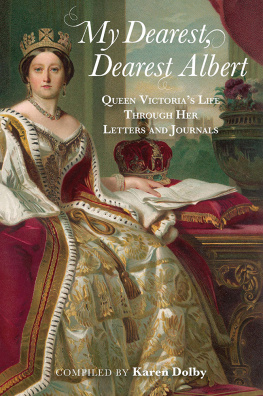
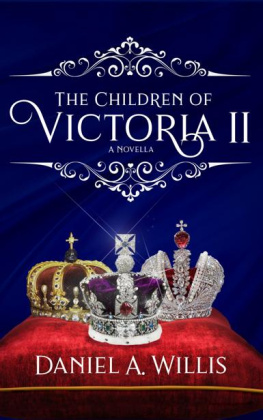
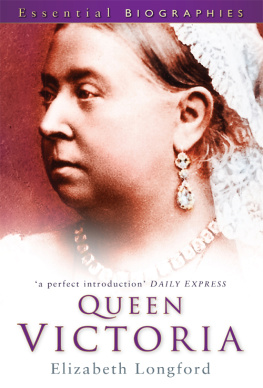
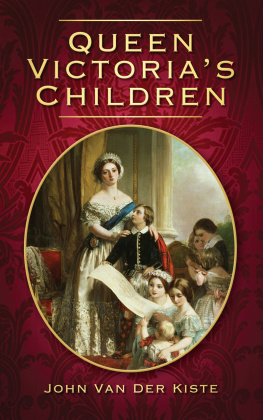
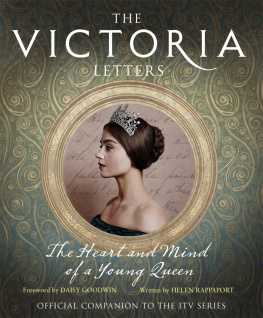
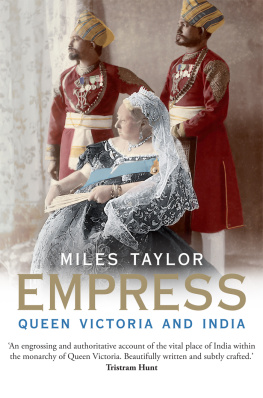
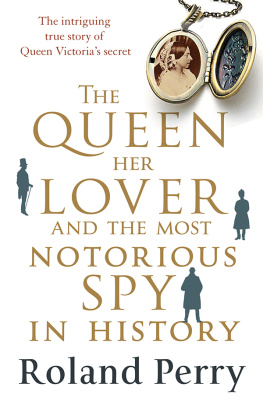
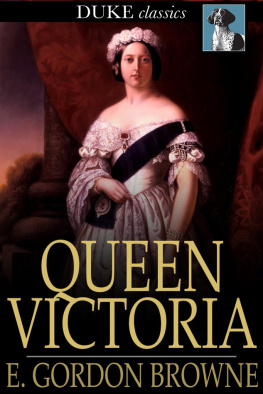

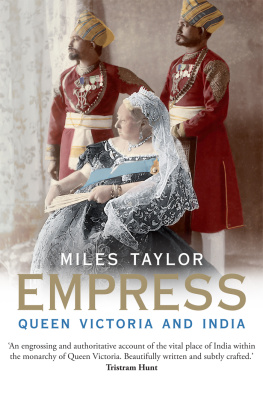
 The paper used in this publication meets the minimum requirements of the American National Standard for Information SciencesPermanence of Paper for Printed Library Materials, ANSI Z39.481992.
The paper used in this publication meets the minimum requirements of the American National Standard for Information SciencesPermanence of Paper for Printed Library Materials, ANSI Z39.481992.